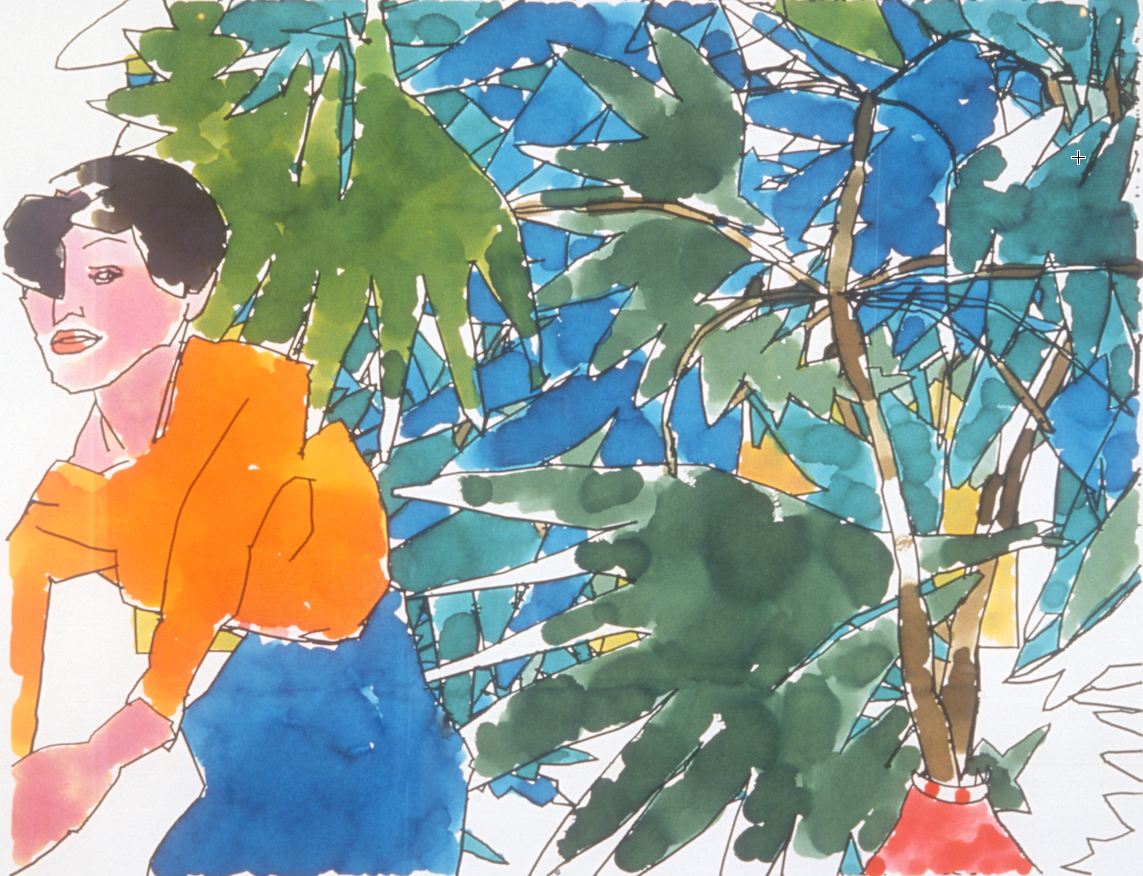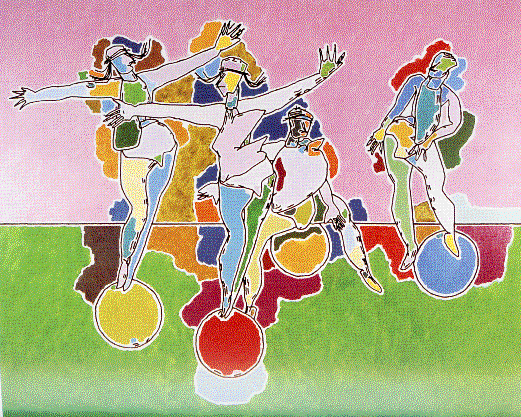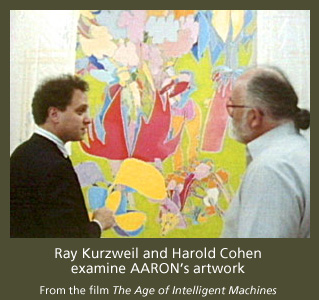
We tend to view art as being limited to the human experience, conveying emotion that is exclusive to a living, breathing individual. Nonetheless, the early 1970’s challenged this theory when a computer art program by Harold Cohen with the name of AARON erupted. It was the first ever robot produced paintings. AARON was capable of creating its own colors out of mixing paint and cleaning their own art utensils. Since its inception, AARON is able to make sense of perspective, color within the lines, produce figure drawings and has three dimensional knowledge. All of AARON’s drawings are entirely unique, he cannot correct something he’s already drawn or painted. Though the drawings are of AARON’s choosing entirely, much of the portraiture is reflective of people Harold Cohen knows personally.

According to the Kurzweil Cyber Art Technologies website, the artist computer is capable of “[Generating] a drawing by using knowledge about external-world objects” that is both “declarative and external, in the sense that our long-term memory is “external” – we go to it as needed”. He also uses, “knowledge about representation-building processes” which is, “procedural, and mainly internal”.

The visuals made in the early years of its invention were more abstract and naturalistic. Later, they included people and more complex shapes and forms. Futurist Ray Kurzweil teemed up with Harold Cohen to advance this visual art program and further explore the basis of his research regarding artificial intelligence’s expedient race towards consciousness. With AARON’s impressive artistic capabilities that do not reflect an automatized lifeless program, it effectively passed the Turing test which tests the intelligence of AI by evaluating if a human could distinguish it from being that of a machine or that of organic material.

http://www.kurzweilcyberart.com/aaron/aim_clip_cohen.html
Such a breakthrough in technology and even art shows the ever diminishing gap that separates the human mind from the artificial.
Is AARON impressionable to art movements and trends that reflect the time period, and does he progress as an artist in technique or only by advancing his programming? If a computer is able to replicate artistic expression, then what even individualizes the human experience from a program? What are the repercussions of that?
Sources:
http://www.usask.ca/art/digital_culture/wiebe/aaron.html
http://www.kurzweilcyberart.com/aaron/hi_interview.html
http://www.kurzweilcyberart.com/aaron/history.html
Recent Comments